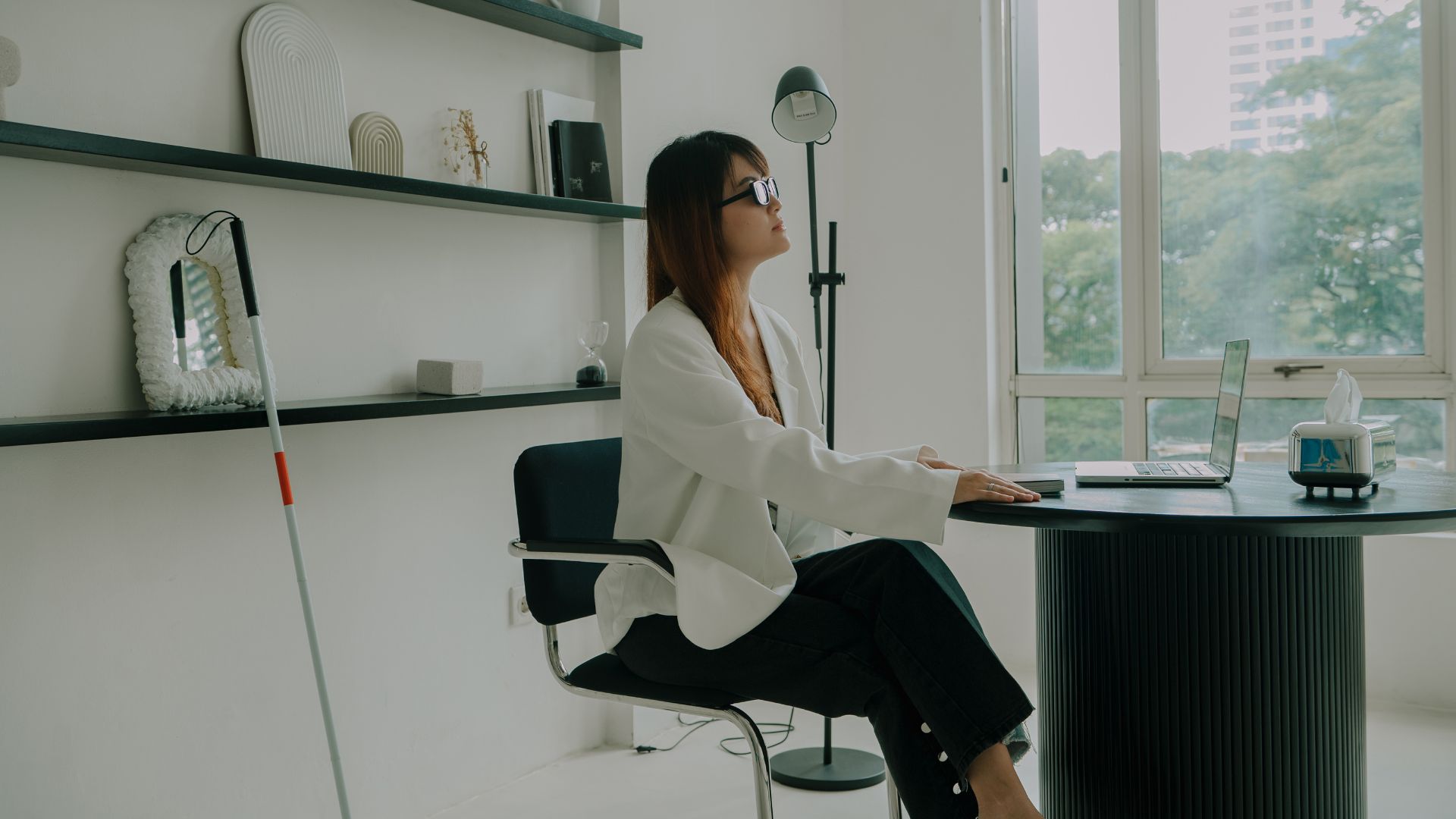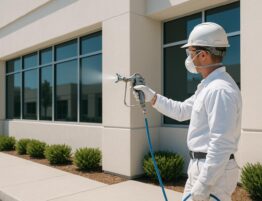
Painting is a form of expression that transcends the boundaries of language and sight. For individuals who are visually impaired, painting can be a powerful means of communication and exploration of their environment. However, engaging in this art form can present unique challenges that require innovative solutions. Here, we will explore adaptive painting techniques specifically tailored for the visually impaired, highlighting how painters in Murrieta and interior painters can facilitate these artistic expressions in interior painting projects.
Introduction to Adaptive Painting
Have you ever wondered how individuals with visual impairments engage in painting? Adaptive painting techniques are designed to provide these artists with the tools and methods necessary to create art despite their visual limitations. These adaptations not only foster creativity but also enhance sensory integration and personal satisfaction.
Importance of Adaptive Techniques in Interior Painting
In the context of interior painting, the importance of adaptive techniques becomes even more pronounced. These methods empower visually impaired individuals to actively participate in decorating their own spaces, making artistic decisions, and expressing themselves through colors and textures that they can feel and perceive in unique ways.
Understanding Visual Impairment
Before diving into the techniques, it’s crucial to understand the spectrum of visual impairment, which ranges from partial vision loss to total blindness. Each level of impairment requires different adaptations, making it essential for interior painters to customize their approach.
Tactile Materials: A Key Component
Using Textured Paints
Textured paints are a cornerstone of adaptive painting, providing tactile feedback that guides the visually impaired painter. These paints allow artists to feel their work, adding a dimensional quality that enhances perception through touch.
Incorporating 3D Elements
Beyond textured paints, incorporating three-dimensional elements into paintings can significantly enrich the tactile experience. Objects like buttons, fabrics, or raised lines can serve as physical guides and add interesting textures to a painting.
Tools and Equipment for Adaptive Painting
Specialized Brushes and Tools
Ergonomically designed brushes and tools can help visually impaired artists with grip and control, making the painting process more accessible and enjoyable. These tools are often customized to fit individual needs.
Audio Assistance Devices
For those with little to no sight, audio assistance devices can play a crucial role. These devices can give verbal feedback on colors and spatial orientation, helping painters in Murrieta understand the layout of their canvas.
Techniques for Enhancing Spatial Awareness
Creating Raised Outlines
Raised outlines on canvases help visually impaired painters maintain spatial awareness, acting as borders within which they can paint. This technique allows them to feel the limits and extent of their work area.
Using Scented Paints
Did you know that scented paints can help in distinguishing colors? Each color having a specific scent allows painters to choose their hues based not only on texture but also on smell.
Training and Guidance by Professional Interior Painters
Collaborative Workshops
Collaborative workshops led by experienced interior painters can provide invaluable guidance, allowing visually impaired individuals to learn these adaptive techniques in a supportive environment.
Personalized Training Sessions
At Wall Works, we offer personalized training sessions tailored to the needs of visually impaired clients. Our skilled painters are equipped to teach a variety of techniques, ensuring that each artist can find their unique style of expression.
Integration of Adaptive Techniques in Professional Interior Painting
Consulting with Clients
Understanding the specific needs and preferences of visually impaired clients is crucial for professional painters. This involves detailed consultations to discuss color preferences, desired textures, and the overall aesthetic vision.
Customizing Painting Projects
For any interior painting project, customization is key. This could involve adapting the workspace layout, custom-mixing textured paints, or incorporating specific tactile elements desired by the client.
Benefits of Adaptive Painting
Enhancing Emotional Well-being
Engaging in adaptive painting can significantly boost the emotional well-being of visually impaired individuals. It provides a sense of accomplishment, independence, and a unique way to engage with their surroundings.
Community and Social Inclusion
Adaptive painting techniques foster a sense of community and inclusion, allowing visually impaired artists to share their work and experiences with others, both disabled and non-disabled.
Summary
Adaptive painting is not just about adapting traditional techniques for those with visual impairments; it’s about opening up a world of expression that is accessible to all. Whether through textured paints, specialized tools, or the guidance of skilled interior painters, these techniques empower visually impaired individuals to create and connect with the world in profoundly personal ways.
FAQs
- What are the best adaptive techniques for beginners?
Starting with textured paints and raised outlines can be very helpful for beginners to gain confidence and spatial awareness.
- How do I find an interior painter skilled in adaptive techniques?
You can contact Wall Works at 951-695-5588; we specialize in adaptive painting techniques and interior painting services.
- Can these techniques be used in group settings?
Absolutely, group settings offer a great way to learn from others and share experiences. Workshops are ideal for this.
- Are there any specific colors that work best for visually impaired painters?
While color choice is personal, using contrasting colors can help in distinguishing different areas of the painting.
- How can visually impaired painters share their work?
Exhibitions, online platforms, and community centers are excellent places for visually impaired artists to showcase their creations.
Remember, every brush stroke tells a story, and with adaptive painting techniques, these stories become accessible to all. For more information or to schedule a consultation, contact Wall Works at 951-695-5588 today. Let’s paint a brighter, more inclusive world together!
Ready to transform your world with color and texture? At Wall Works, we specialize in adaptive painting techniques tailored for the visually impaired. Let us help you express yourself through art in your own unique way! Call us today at 951-695-5588 for a free estimate and discover how we can make your painting project accessible and beautiful.








